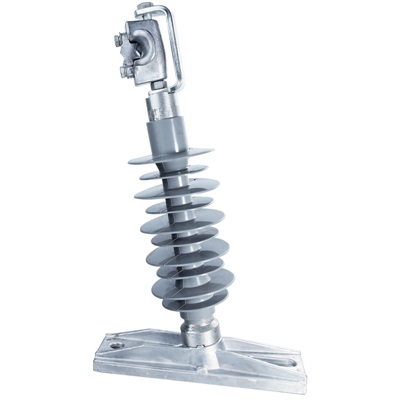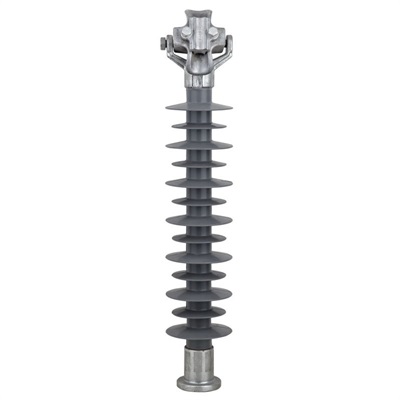Main circuit selection: Follow WeChat Download Audiophile APP Follow the audiophile class related suggestion
Here is an example of the circuit designed by Comrade Guo Yuhua of Liuzhou, Guangxi, published in the 14th edition of the 20th issue of the "Electronic Newspaper" in 2001, to introduce the assembly process in detail. This circuit is designed with reference to the first work of the 4th Japan Amplifier Competition. It seems to be simple. It is not easy to really assemble it.
I have made small changes to his circuit, see Figure 1. In order to improve the sound quality, the original image is designed with negative feedback in the form of DC (R7, R8 in the figure). After my actual assembly, the stability of the midpoint is slightly inferior to that of AC feedback, so the common circuit is still used.
Selection of printed boards and components:
My printed board was mail-ordered from the Liuzhou Aijiu electronic firm in Guangxi. In addition to the special requirements in the figure, the resistors use 1 / 2W American DALE or CGW resistors. VR1, VR2, and VR3 use precision multi-turn fine-tuning resistors. The source (or emitter) resistance of the final power tube adopts 0.22Ω5W Japanese KOA Non-inductive ceramic resistors need to be selected by bridge test to make the resistance of each resistor as consistent as possible. Otherwise, when adjusting the quiescent current, the voltage drop across the resistors will be very different, causing the current of each tube of the power tube to be asymmetric.
The electrolytic capacitors C7, C8, C9, and C10 use Japanese ELNA-specific audio capacitors, C1, C3, and C6 use German Weimar capacitors, and C2, C4, and C5 use monolithic capacitors (or genuine ceramic capacitors). The selection of transistors and field effect transistors can be referred to the introduction in the 14th edition of the "Electronic Newspaper" No. 20, 2001. I choose K389 / J109 (Q1, Q2), A1191 / C2856 (Q5, Q6), K214 / J77 (Q7, Q8), K1529 / J200 (Q9, Q10, Q11), Q1. To prevent accidents, all resistances need to be selected with a digital multimeter; all capacitors must be tested with a digital capacitance meter; transistors must be paired with a graphic meter. It should be noted that audiophiles can replace the final power amplifier tube according to their own tastes, but try not to use low-end tubes such as K413 / J118, K399 / J113, A1941 / C5198, otherwise the sound quality will be greatly reduced. In short, the quality of the left and right channel components is guaranteed, and the working point of the left and right channels is the same as the signal passed.
Power selection:
The power supply adopts high-power bridge type common rectified power supply. I choose two 500VA ring cows here, the output voltage is 2 × 36V, 2 × 42V, and one of them also has 2 × 18V for horn protection. The front and rear bridge stacks are made of 35A American gold seals. The capacitors are electrolyzed with 8 pieces of 71V 6800μF and 8 pieces of 63V 6800μF Japanese ruby, respectively.
Speaker protection circuit:
Common speaker protection circuits include μPC1237 and a simple speaker protector that detects the DC positive potential at the output. Here we recommend a dual-channel sampling professional audio protector that can be assembled with discrete components and can detect the positive and negative DC potential of the output terminal. The circuit is shown in Figure 2. This circuit has the functions of turning on the horn and turning on the horn automatically when a conventional protector fails, and it can cut off the horn line immediately when the DC potential of the dual-channel output increases or decreases, and there is a delay indication. And relay self-checking alarm function. The input voltage is ± 24 ~ 50V.
Assembly and debugging:
Choose a solder containing more than 3% silver, first solder all the resistors and capacitors, and then solder the transistor. Q13 is fixed to the radiator of the power amplifier tube, and is connected to the printed board with wires. Finally weld the field effect tube. When soldering the field effect tube, the power plug of the soldering iron must be disconnected intermittently to prevent static electricity from damaging the expensive field tube. The internal connection and signal line all use the famous fever line. It should be noted that the "ground" (including the horn protector) of all levels of circuits uses the "one-point grounding" technology.
Before commissioning, connect a 60 ~ 100W incandescent bulb in series at the 220V input to prevent the amplifier tube from being burned out. The specific debugging method is: first use dry batteries to detect the sensitivity of the horn protector, and after passing the test, connect it back to the circuit. Short-circuit the signal input terminal, turn VR1 and VR2 to the middle position, and VR3 to the maximum resistance. Connect the ± 60V pre-stage power supply, monitor the voltage across R14 with a digital multimeter, turn VR2 with a screwdriver to make it have a voltage of 2V; then use a digital meter to monitor the voltage at points A and B in Figure 1, and adjust VR3 to have a potential of 3V ; Then connect the post-level ± 50V power supply, monitor the ground potential of point C with a digital meter millivolt block, rotate VR1 to 0V; finally monitor the two ends of the 0.22Ω 5W resistor with a digital multimeter millivolt block, and adjust VR3 to its potential It is 80 millivolts, that is, the static current of each tube is about 360mA. It works in the Class A state. The machine is cooked for one hour, and then adjusted again. If your power amplifier heat sink is large enough, the quiescent current can be adjusted, but do not make the temperature of the heat sink exceed 70 ℃. Note: In the process of adjusting the quiescent current, if there is an "avalanche" (the current suddenly increases or decreases when it is adjusted to a certain point), it means that the circuit is self-excited, and the capacity of C4 and C5 can be adjusted to increase appropriately The capacitance, but it is best not to exceed 50pF, in order to avoid affecting the sound quality.
After all the assembly is completed, the whole machine and all your audio equipment are stabilized with a 3kW dedicated audio AC voltage regulator. Remove the input signal short wiring and connect to the audio source.
Everything is ready, sit in the emperor's seat to enjoy, the beautiful and beautiful concert will make you intoxicated, and make you truly experience the endless fun of the audio fever. 


'+ data.username +'
[Picture] Do it yourself and get enough audio fever in one step
Interesting and informative information and technical dry goods
Create your own personal electronic circle
Lock the latest course activities and technical live broadcast
comment
Publish

